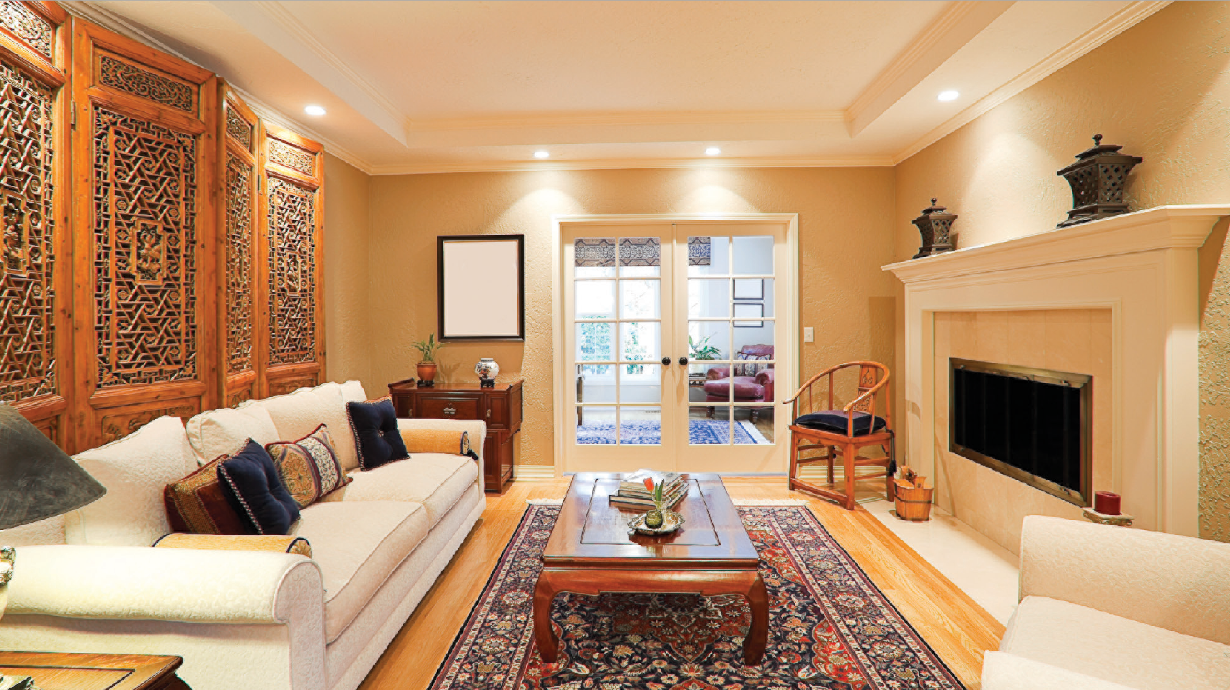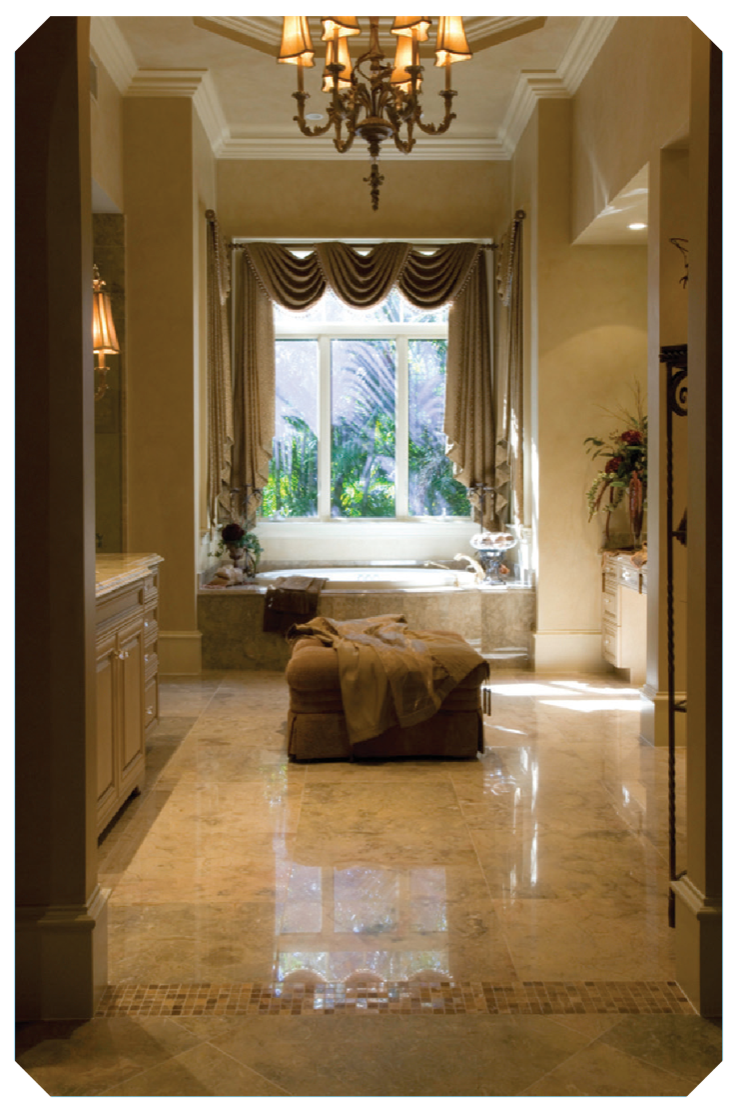 Last year, almost two-thirds of the sellers who listed a home for sale failed to find a buyer. One reason is that their homes did not “show well” to potential purchasers because sellers did not commit to making their home visually appealing. If you want to stand out in a crowded marketplace, you need to make sure you do everything possible to enhance the appeal of your home.
Last year, almost two-thirds of the sellers who listed a home for sale failed to find a buyer. One reason is that their homes did not “show well” to potential purchasers because sellers did not commit to making their home visually appealing. If you want to stand out in a crowded marketplace, you need to make sure you do everything possible to enhance the appeal of your home.
You would be surprised at the poor condition of most homes that are for sale. Some of them are truly atrocious, in a state of disrepair, filthy, or otherwise completely unsuitable for showings. But most are not that bad — it’s just that they simply look “lived in.” After all, most of us don’t have the energy to keep our homes in tip-top condition every day. Even if we are basically clean and neat people, we’re probably not spending every weekend scrubbing tubs, washing windows, and cleaning light fixtures. And over time, we accumulate more and more things that end up filling the cabinets, closets, and countertops of our homes.
That’s how most of us live, and there’s nothing wrong with that. But the way we live in our homes is different from the way we try to sell them. If you’re serious about selling your home, you can’t expect to impress buyers if you leave it in its “lived in” state. Instead, you need to make a commitment to enhancing its appeal so that every day it looks its best and attracts the right buyers.
Although you might not have experience preparing your home for sale, you probably have been in situations where you wanted to make a great “first impression.” When we go on first dates, we spend more time getting ready than for the average night out. When we go on job interviews, we dress a little better than the average day at the office. And when we’re selling a home, every day is an opportunity to make a first impression with our potential buyers.
How do you do it? It’s simple, and it doesn’t cost a lot of money. Think about what you do when you’re trying to sell a car. Most days, you probably drive around in a car that is not exactly in that “new car” state: you’ve got old newspapers in the back seat, coffee stains on the dash, and a trunk full of stuff you’ve accumulated over time. But when you’re ready to sell it, you take it to the car wash to get a good cleaning, maybe a wax, and then you clean the car inside and out. You throw out the old coffee cups and papers, clean out the trunk, empty out the glove compartment, wipe down the seats and the dash, and vacuum the entire interior. You might even buff out scratches or repair dings.
It’s called “detailing” a car, and most car sellers will do it because they want to get the best price for their car, and they know that if they invest just a little bit of time and money they can enhance its appeal to potential buyers.
So if that’s the case, why do so few sellers “detail” their home before they try to sell it? After all, detailing a car can only earn you an extra few hundred dollars on the resale, but detailing a home can get you thousands of dollars more in your sale price, and also a potentially quicker sale.
Professional home sellers know this. That’s why developers and investors will always set up a “model home” for potential buyers, a home that is immaculate and smartly but sparingly furnished. They want new home buyers to imagine themselves living there, and know that most buyers cannot see through clutter or messiness.
That should be your goal – to enhance your home so that it looks like a developer’s “model home.” This doesn’t mean spending a lot of money in construction costs or new appliances. Most likely, you don’t need to do major home improvements – in fact, we advise most sellers to save their money rather than do significant upgrades, because you might spend a lot of money making changes that you like, but your potential buyers don’t.
Instead, you just need to detail your home: clean it, de-clutter it, and neutralize it. If you do that, you will absolutely see a difference in the way that buyers react to your home. And as a result, you’re likely to sell your home faster, and for more money:
 1. Clean it up
1. Clean it up
You would be shocked by how many homes for sale are not thoroughly cleaned. The owners are not even willing to make the commitment to do basic housework. But it’s tough for a buyer to fall in love with a home that has dirty dishes in the sink, smudges on the walls, cobwebs in the front entrance, or encrusted dirt in the windows. Moreover, buyers want to know that the home was lovingly maintained by the current owners, because the condition of the home is a strong indicator of how well the owners have maintained mechanical, electrical, and other systems.
So now that you’re selling the home, it’s time to do a rigorous “spring cleaning” of the home. You can do it yourself, or hire professionals to do it for you, but you need to ensure that your home sparkles to potential buyers.
2. Clear it out
Many lived-in homes are stuffed to the ceiling with too much stuff – too many clothes in the closet, too many knick-knacks on the shelves, too much food and cleaning supplies in the cabinet, and too much furniture stuffed into the rooms. Just clearing the clutter will make the rooms seem bigger, the closets and cabinets more spacious, and the home more inviting to buyers.
Think of it this way: if you’re selling your home, that means you’re eventually going to have to move. So if you’re going to be moving, why not start right now? After all, moving can be a difficult chore, but it’s much easier if you break it down into stages, the first stage being the “pre-move” in which you purge all the extra stuff you’re not going to use for the next six months while your home is on the market.
So move out everything you don’t need for the next six months: all the clothes you’re not going to wear, food you’re not going to eat, supplies you’re not going to use. Just clearing the clutter will make your home seem bigger, more open, and more appealing.
3. Neutralize it
Over the years, we collect photos and personal items that we proudly display on every shelf and wall of the house. Indeed, it’s this “personalization” that makes the home ours: family pictures, religious symbols, college pennants, our kid’s artwork. It takes all of us years to turn a house into a home.
But now that you’re selling, it’s time to turn your home back into a house (or a condo). You want potential buyers to be able to imagine living there, which is difficult if the home is too personalized. While you don’t want your house to be completely vanilla, and you want to give homeowners a sense of the happy experience that you’ve had, you also don’t want the home to be so “yours” that no one else can imagine living there.
So you need to stop thinking of your home as your home, but rather a product that you’re trying to sell. You would do the same thing when selling your car, so do it for your home.
Conclusion
Detailing your home can get you a better price in a shorter time, and can help you stand out in the crowded marketplace. If you’re willing to make the commitment of time, and small investment of money, you will see the difference in buyer impressions. Your Rand Realty agent can guide you through the process of detailing your home, and can recommend cleaning and storage professionals if you need them.

 Facebook
Facebook
 Twitter
Twitter
 Pinterest
Pinterest
 Copy Link
Copy Link




